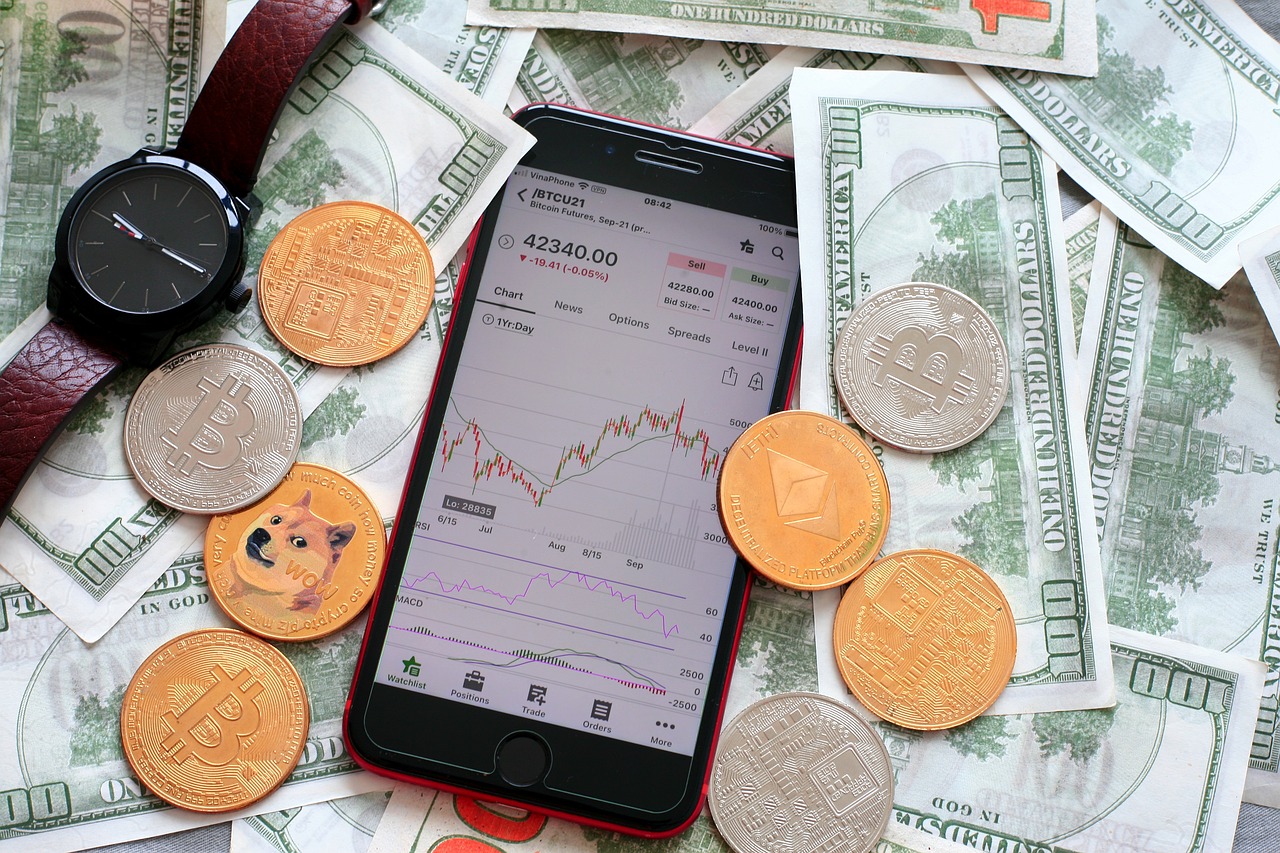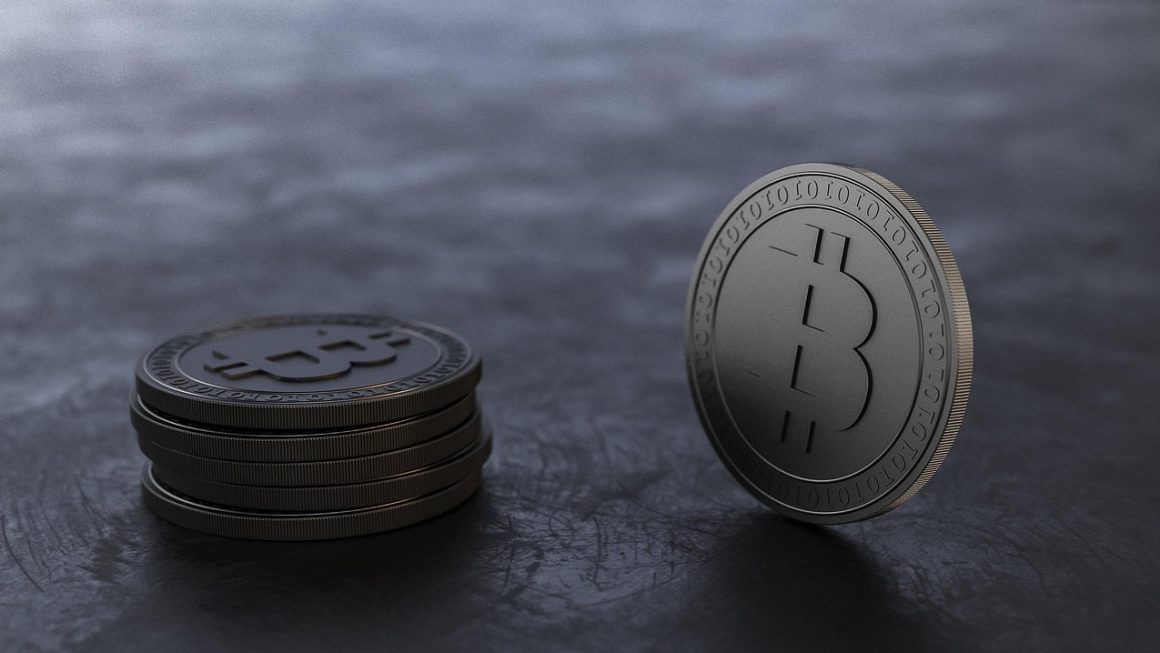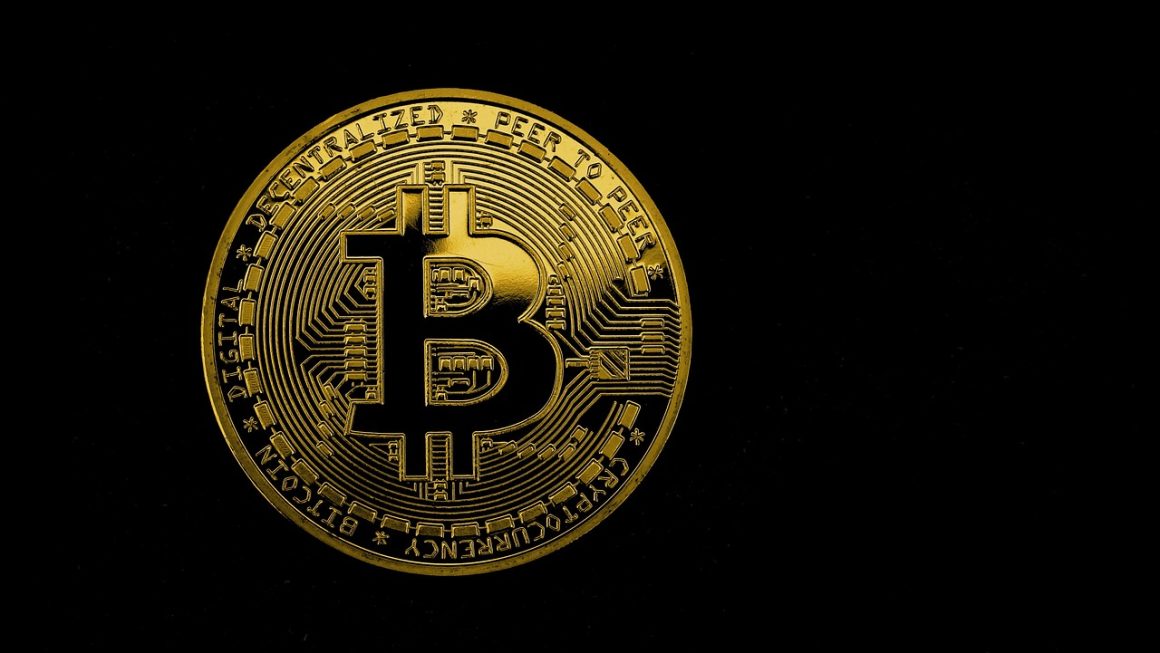Token Burn: A Method to Reduce Circulating Supply and Enhance Token Value
In the cryptocurrency realm, token burn refers to the intentional removal of a portion of a token’s total supply from circulation. This process aims to reduce the available supply, potentially increasing the value of the remaining tokens. Here’s a detailed exploration of token burn, its mechanisms, and the benefits it can offer to token holders.
Mechanisms of Token Burn
Manual Burns
- Scheduled Burns: Pre-defined quantities of tokens are burned at specific intervals.
- Discretionary Burns: The project team manually decides to burn tokens based on market conditions or other factors.
Automatic Burns
- Transaction-Based Burns: A portion of every transaction fee is burned.
- Usage-Based Burns: Tokens are burned when they are used within the project’s ecosystem.
Types of Tokens Burned
- Native Tokens: Tokens created by the project itself.
- Stablecoins: Tokens pegged to a stable asset, such as USD.
- Other Tokens: Tokens accepted by the project but not created by it.
Benefits of Token Burn
Increased Scarcity
- Reducing the supply decreases the number of tokens available, making them more scarce.
- This can potentially lead to higher prices as demand remains the same.
Reduced Inflationary Pressure
- Burning tokens reduces the rate at which new tokens are entering the market.
- This helps curb inflation, maintaining the token’s value in the long run.
Enhanced Transaction Efficiency
- In the case of transaction-based burns, it reduces the number of tokens required to process transactions.
- This can improve network efficiency and lower transaction costs.
Increased Token Utility
- Some projects use burns to incentivize token holders to use them within the ecosystem.
- This can drive demand for the token and increase its overall utility.
Practical Examples
- Binance (BNB): BNB implements scheduled burns on a quarterly basis. In October 2022, Binance burned over $560 million worth of BNB.
- Shiba Inu (SHIB): SHIB initiated a voluntary burn of over 410 trillion tokens in April 2022.
- Ethereum (ETH): ETH introduced a “burn mechanism” in August 2021, where a portion of transaction fees is burned.
Conclusion
Token burn is a valuable strategy employed by token projects to manage supply, reduce inflationary pressure, and enhance token value. By intentionally removing a portion of the circulating supply, projects can increase the scarcity of their tokens, incentivize token usage, and improve transaction efficiency. While token burns can provide significant benefits, they must be implemented in a responsible and transparent manner to ensure the long-term health of the project and ecosystem.




